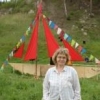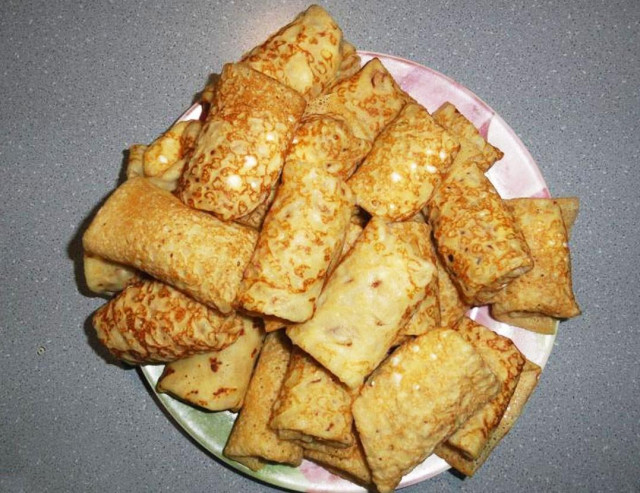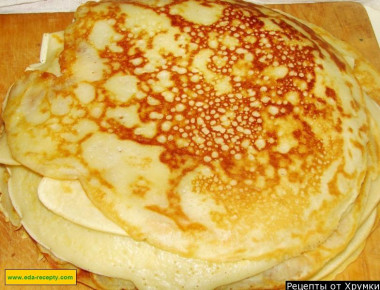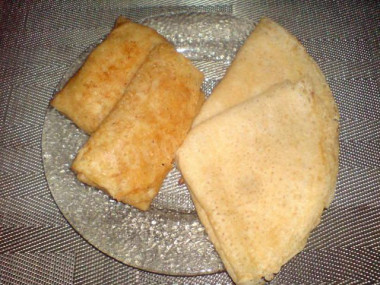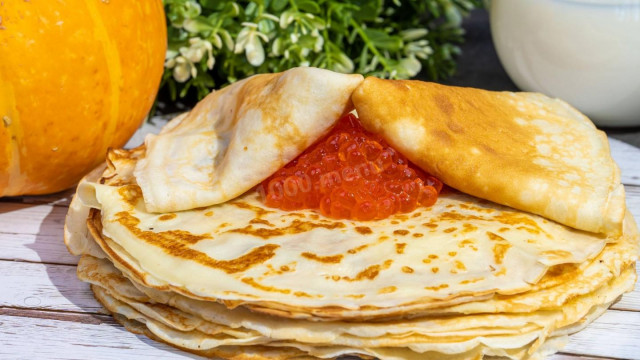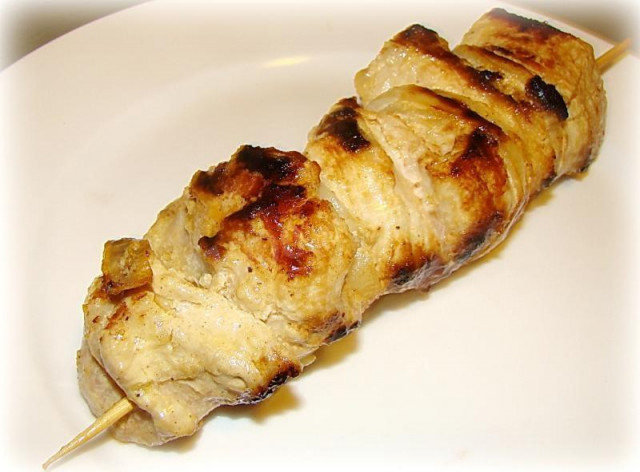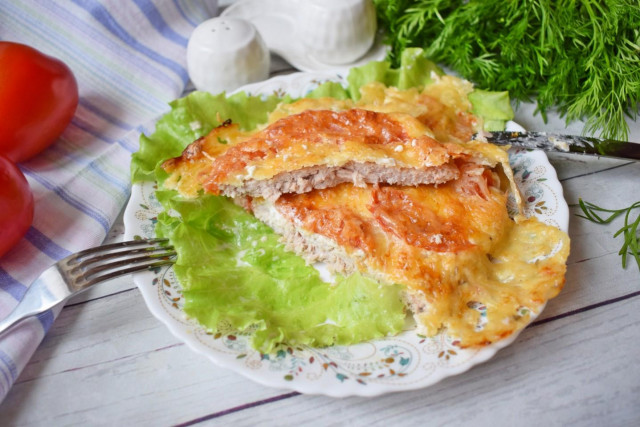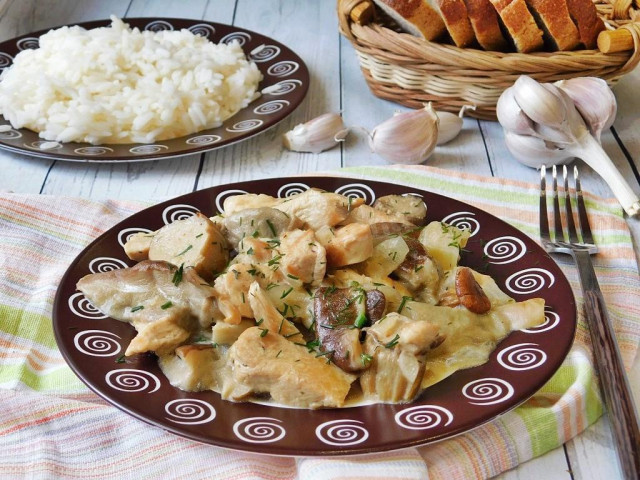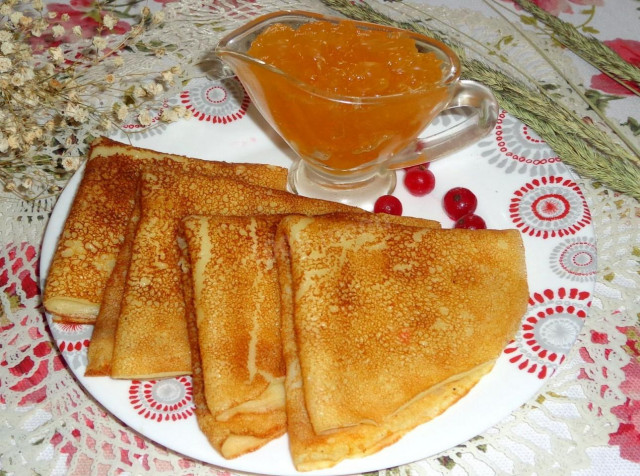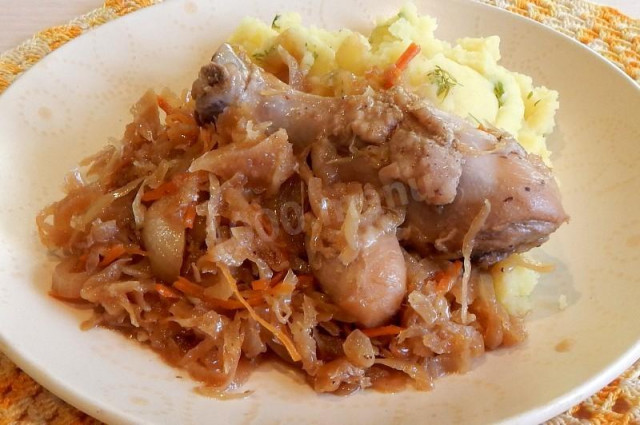Composition / ingredients
Step-by-step cooking
Step 1:
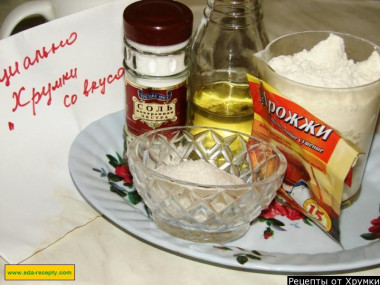
We prepare all the necessary products according to the list. In this simple recipe, we will use only one egg, which, you will agree, is very economical.
Step 2:
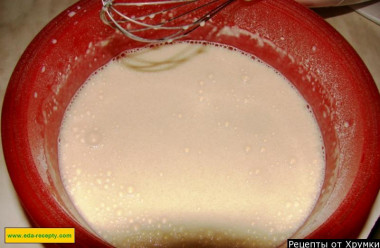
Sift flour into a deep bowl, add salt, sugar, yeast, vegetable oil. Gradually adding water mixed in a glass with egg, stir the dough until a homogeneous consistency. There should be no lumps.
Step 3:
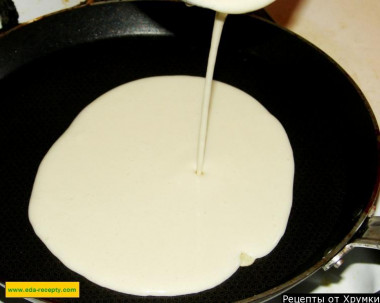
Then heat the frying pan and lubricate it with vegetable oil for the first time. Before frying pancakes, I recommend adding a couple of drops of lemon or citric acid to the dough, this is so that the pancakes do not stick to the pan. We start frying without waiting for the dough to rise. That is, as soon as they started it. Pour out the dough with a ladle and evenly distribute it over the bottom of the pan. Fry for 1 minute on one side at maximum heat.
Step 4:
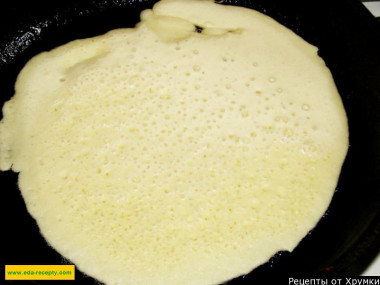
Turn over to the other side and fry the pancake until fully cooked.
Step 5:
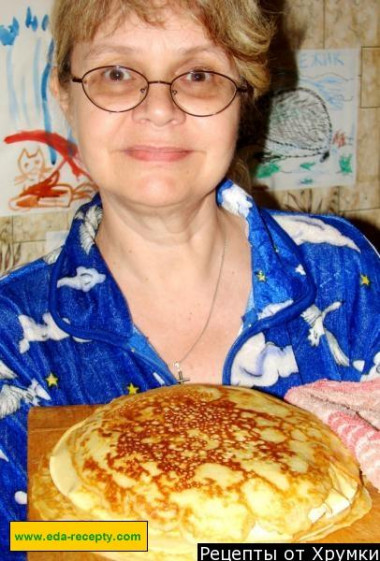
That's it, now you know how to fry pancakes with one egg. Bon appetit!
Important! Using dry yeast, it should be borne in mind that they occur in two forms: active and instant (read the instructions carefully before use!).
Active dry yeast looks like beads or small balls. Before applying them, they must be brought out of the "sleep mode". To do this, the active yeast is diluted in warm sweet water, milk or whey. The formed bubbles, foam or "cap" indicate that the yeast is ready for further use. Active dry yeast must be brought to complete dissolution in the liquid, otherwise, due to the remaining grains, the dough may not rise and the baking will be spoiled (yeast grains that have not dissolved in the liquid and got into the dough will no longer disperse on their own, which means they will not work).
Instant dry yeast is easier to use. They do not need to be activated before use. Such yeast, along with other ingredients, is simply added to the dough. As a result, the baking time is reduced.
It should also be remembered that both types of dry yeast may differ in their activity from different manufacturers.
And then, as you planned, you can immediately serve them to tea with honey, jam, condensed milk, butter or sour cream. And you can make the filling and continue the cooking process. I really like to fill such pancakes with a variety of fillings for a variety: red caviar or red fish, cottage cheese, sweet or salty cottage cheese, meat, mushrooms, etc. Every time my pancakes get a different taste, so they never bother me or my housemates. I really like to fry a whole mountain of pancakes with different fillings and take them with me to the country. There is not much time to cook, but there is always a snack with you. I always take more, because half is usually eaten on the road along with tea from a thermos. I also often cook pancakes during a field trip. After all, you can't starve to death while kulesh is being cooked, potatoes and other vegetables are being baked, or, for example, kebabs are being fried! Moreover, the appetite in the fresh air never fails!
The calorie content of the products possible in the composition of the dish
- Chicken egg - 157 kcal/100g
- Egg white - 45 kcal/100g
- Egg powder - 542 kcal/100g
- Egg yolk - 352 kcal/100g
- Ostrich egg - 118 kcal/100g
- Whole durum wheat flour fortified - 333 kcal/100g
- Whole durum wheat flour universal - 364 kcal/100g
- Flour krupchatka - 348 kcal/100g
- Flour - 325 kcal/100g
- Granulated sugar - 398 kcal/100g
- Sugar - 398 kcal/100g
- Vegetable oil - 873 kcal/100g
- Salt - 0 kcal/100g
- Water - 0 kcal/100g
- Dry yeast - 410 kcal/100g
